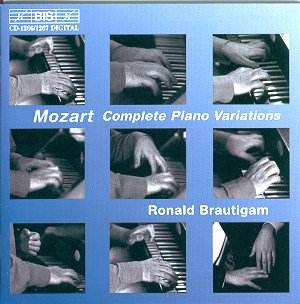 Composer: Franz Schubert
Composer: Franz Schubert
Works: String Quartet in D minor D810 “Death and the Maiden”, Piano Quintet in A D667 “The Trout”
Performers: Gabrieli Quartet, Moura Lympany (piano), Principals of the London Symphony Orchestra: John Brown (violin), Alexander Taylor (viola), Douglas Cummings (cello), Thomas Martin (double bass)
Recording: Conway Hall, London 1971 (String Quartet) and March 1974 (Piano Quintet)
Label: EMI Classics for Pleasure
The music of Franz Schubert occupies a unique position in the classical canon, bridging the gap between the Classical and Romantic eras. His works often reflect a profound emotional depth while maintaining structural clarity, and this duality is vividly illustrated in the two compositions reviewed here. The “Death and the Maiden” Quartet, composed in 1824, grapples with themes of mortality and the human condition, while “The Trout,” written in 1817, showcases a more buoyant spirit, celebrating life and conviviality. These contrasting moods present an engaging challenge for performers, one that is met with varying degrees of success in this recording.
The Gabrieli Quartet’s performance of the “Death and the Maiden” is particularly noteworthy for its commitment to textural clarity and emotional restraint. This approach allows for an organic development of thematic material, with the Allegro’s pulse firmly anchored yet artfully flexible. A prime example occurs at 11:08, where Kenneth Sillito’s violin playing reveals an evocative lyricism that enriches the emotional landscape without succumbing to melodrama. The Andante con moto, characterized by its hauntingly beautiful main theme, benefits from the quartet’s subdued tonal palette, creating a sense of intimacy that invites listeners into Schubert’s world. While there are minor intonation issues, they do not detract significantly from the overall interpretation, which favors subtle rubato and nuanced dynamic contrasts over sheer virtuosity.
In contrast, the performance of “The Trout” by Moura Lympany and the ensemble of London Symphony Orchestra principals embodies a different ethos. Here, Lympany’s exuberance propels the ensemble forward, though this energy sometimes leads to a lack of the delicacy that this work demands. The sound engineering places the piano in a somewhat prominent position, which can overshadow the strings, resulting in an unbalanced auditory experience—particularly noticeable in the wiry tone of the violin, which struggles to cut through the mix effectively. The ensemble’s occasionally hectic interplay, while engaging, often sacrifices the charming subtleties that define the work. This performance, while vibrant and energetic, may leave listeners wishing for a greater sense of cohesion and expressive depth.
Sound quality across both recordings remains generally commendable, particularly given their age. The engineering captures the warmth of the string tone in “Death and the Maiden,” allowing the listener to appreciate the intricate interplay of voices. The recording of “The Trout,” however, reveals some limitations; the piano’s brightness often overshadows the delicate textures of the strings, suggesting a need for greater balance in the mix.
While the catalogue is replete with recordings of both works, the Gabrieli Quartet’s “Death and the Maiden” stands out for its thoughtful interpretation and emotive playing, retaining its virtues after thirty years. The “Trout,” while enjoyable and full of spirited energy, may not reach the heights of its more nuanced counterparts. This disc, offered at a super-budget price, is undoubtedly worth exploring, particularly for those interested in Schubert’s complex emotional landscapes. The Gabrieli Quartet’s artistry in the earlier work ultimately warrants its consideration as a significant contribution to Schubert’s recorded legacy.



